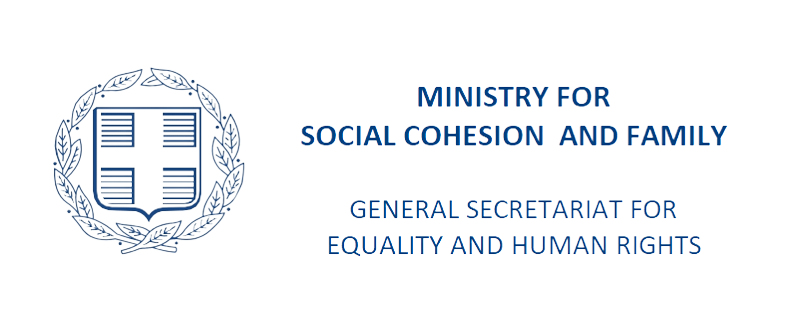Gender-disaggregated data on the ICT use by the Greek population
The English version of the tenth e-bulletin of the Observatory of the General Secretariat for Gender Equality (GSGE), i.e. the governmental organization in charge of equality between women and men, has been uploaded on its website: http://www.isotita.gr/wp-content/uploads/2017/09/Observatory-10th-e-bulletin-ICT.pdf .
It deals with the thematic area of Women’s Education and Training and statistical data is presented for the following indicators:
1. Frequency of internet use (% of individuals) by gender, age group, level of education, and frequency of use: the index is calculated as the percentage of the number of persons who uses internet, per frequency of use, to the total of population who uses the internet.
2. Computer use by sex, age group, level of education and frequency of use: the index is calculated as the percentage of the number of persons who uses computer per frequency of use to the total of population who uses the internet.
According to the Information Society SA, 64.1% of men and 59.2% of women have access to the internet from their home. The main reasons for not having access to the internet from the home are:
a) lack of skills 64.4%
b) information on the internet is neither useful nor interesting 25.5%
c) the cost of the equipment is very high 19.9%.
Activities via internet that increased compared to 2015 include banking transactions(+33.2%), use of travel and accommodation services(+27.9%), making calls or video calls using a webcam via the Internet(+5.7%), and the search for health information(+5.6%).
Regarding the regular use (at least once a week) of the internet for the first quarter of 2016, the percentage of women is 63.68% while the percentage of men is 68.45%.
Regarding the regular use (at least once a week) of the internet for the first quarter of 2015, the percentage of women is 60.61%, while the percentage of men is 65.55%.
The educational level of individuals, regardless of gender, is directly related to the extent to which they use new technologies. The use of the internet increases the higher the educational level of individuals. The gap between men and women continues to exist, with men leading by 4.94 percentage points for 2015 and 4.77 percentage points for 2016.
The percentage of Internet users who made online purchases in the first quarter of 2015 is 33.8%. Analyzing the profile of online purchases/orders, for the first quarter of 2015, 54.2% of them are men and 45.8% are women.
It is noted that the GSGE is implementing a flagship project on service organisation for the integration, monitoring and evaluation of gender equality policies in all aspects of public sector action. The aim is to support the public administration and local authorities in the design, implementation and evaluation of policies with detailed data on equality issues.
The specialized website http://paratiritirio.isotita.gr/genqua_portal/ serves as a portal on useful data divided among the twelve priority areas of the Beijing Platform for Action (BPfA). The access is free and open to all Governmental and Non-Governmental Organizations and Institutions, as well as to all citizens and individuals. In that way, everyone can have accurate statistical background whenever he/she designs, implements or evaluates policies on gender equality aiming at the advancement of the status of women and girls in Greece.
Moreover, it is underlined that on page 40 at the 2015 Annual Report on Equality between Women and Men in the European Union (European Commission, March 2016, http://ec.europa.eu/justice/gender-equality/files/annual_reports/2016_annual_report_2015_web_en.pdf ) there has been a positive reference to the specific Greek project.
The e-bulletins take advantage of data derived from the Hellenic Statistical Authority (ELSTAT) as a follow-up of the activation of a Protocol of Cooperation between the General Secretariat for Gender Equality and ELSTAT, and they are also supported by lively graphs, diagrams and charts made solely by the employees of our organization.
Here is the list with the English version of the previous nine-bulletins with gender-disaggregated data on the status of the female population in Greece:
– Women and Poverty (March 2016):
– Women in Decision-Making (May 2016):
http://old.isotita.gr/var/uploads/ANNOUNCEMENTS/2016/Paratiritirio_Second%20report_eng.pdf
– Women and Health (September 2016):
– Women and Economy (October 2016):
– Women and Armed Conflicts (December 2016):
– Women and Health (January 2017):
– Violence against Women (March 2017):
– Women and Health (April 2017):
– Girls and Education (July 2017):
http://www.isotita.gr/wp-content/uploads/2017/07/Observatory-9th-e-bulletin-Girls-Education.pdf .
In that way, the gaps are revealed and all stakeholders are invited to common action in favour of substantive equality between women and men in all aspects of public and private life.




